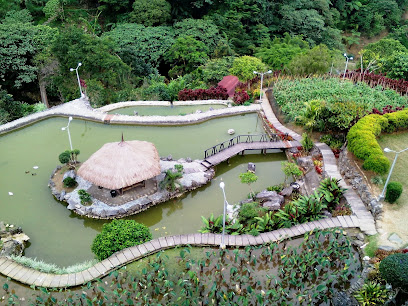
The Heart of Baguio: Exploring City Proper
Discover Baguio City Proper: A vibrant blend of culture, history, and natural beauty in the heart of the Philippines' summer capital.
Baguio City Proper, the vibrant heart of Baguio, is a bustling hub of culture, history, and natural beauty. Known as the 'Summer Capital of the Philippines,' this area offers a refreshing escape from the tropical heat with its cool mountain air and scenic landscapes. The city center is a delightful mix of colonial architecture, modern structures, and lush green spaces, making every corner a postcard-perfect scene. At the core of Baguio City Proper is Burnham Park, a sprawling urban green space where you can enjoy boating on the lake, picnicking on the lawns, or simply strolling along its flower-lined paths. Nearby, the Baguio Cathedral stands as a majestic landmark, offering a serene atmosphere and panoramic views of the city. The vibrant Session Road is the main artery of the city, lined with shops, cafes, and restaurants that offer a taste of local and international cuisine. For those interested in local arts and crafts, the Baguio City Market is a must-visit. Here, you can find everything from fresh produce to handwoven fabrics and intricate wood carvings. Don't miss the chance to visit the Tam-awan Village, a reconstructed Cordillera village that showcases the rich cultural heritage of the indigenous people. Whether you're a history buff, a nature lover, or a foodie, Baguio City Proper has something to offer for everyone.
Local tips in Baguio City Proper
- Visit Burnham Park early in the morning to avoid crowds and enjoy the serene atmosphere.
- Wear comfortable shoes as the city is best explored on foot.
- Try the local delicacies at the Baguio City Market, especially the fresh strawberries and peanut brittle.
- Bring a light jacket as temperatures can drop in the evening, even during the summer.
- Check out the local art scene at Tam-awan Village for a unique cultural experience.
The Heart of Baguio: Exploring City Proper
Baguio City Proper, the vibrant heart of Baguio, is a bustling hub of culture, history, and natural beauty. Known as the 'Summer Capital of the Philippines,' this area offers a refreshing escape from the tropical heat with its cool mountain air and scenic landscapes. The city center is a delightful mix of colonial architecture, modern structures, and lush green spaces, making every corner a postcard-perfect scene. At the core of Baguio City Proper is Burnham Park, a sprawling urban green space where you can enjoy boating on the lake, picnicking on the lawns, or simply strolling along its flower-lined paths. Nearby, the Baguio Cathedral stands as a majestic landmark, offering a serene atmosphere and panoramic views of the city. The vibrant Session Road is the main artery of the city, lined with shops, cafes, and restaurants that offer a taste of local and international cuisine. For those interested in local arts and crafts, the Baguio City Market is a must-visit. Here, you can find everything from fresh produce to handwoven fabrics and intricate wood carvings. Don't miss the chance to visit the Tam-awan Village, a reconstructed Cordillera village that showcases the rich cultural heritage of the indigenous people. Whether you're a history buff, a nature lover, or a foodie, Baguio City Proper has something to offer for everyone.
Iconic landmarks you can’t miss
Burnham Park
Explore the lush landscapes and vibrant culture of Burnham Park, Baguio City’s premier destination for relaxation and recreation.
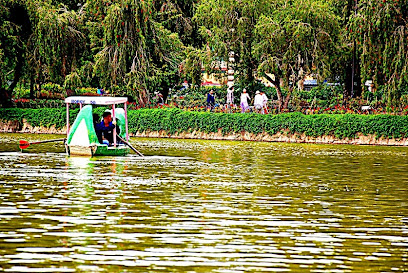
Mines View Observation Deck
Discover the stunning views and fresh mountain air at Mines View Observation Deck, Baguio's ultimate scenic spot for tourists and nature lovers.

Wright Park
Discover the tranquil beauty of Wright Park in Baguio, a perfect destination for nature lovers and families seeking a peaceful escape.
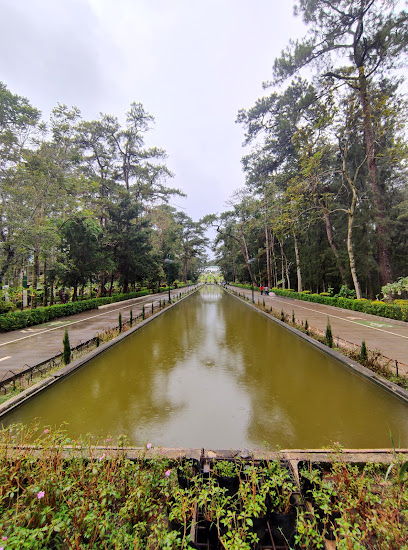
Lion’s Head
Discover the iconic Lion's Head in Baguio, a stunning cultural landmark symbolizing strength, artistry, and breathtaking views of the mountains.
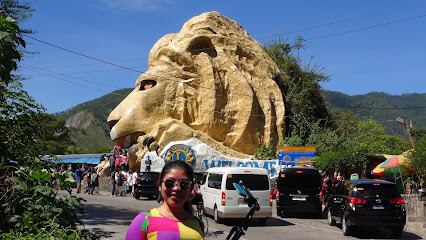
Heritage Hill and Nature Park Garden (Old Diplomat Hotel)
Discover the serene beauty and rich history of Heritage Hill and Nature Park Garden, a captivating tourist attraction in Baguio, Philippines.
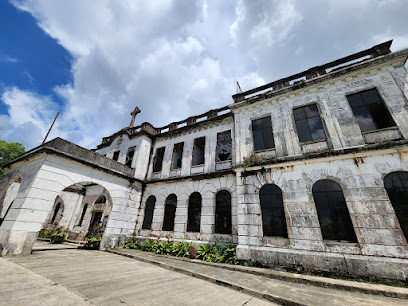
Tam-awan Village
Explore the captivating art and culture of Tam-awan Village, a serene retreat in Baguio showcasing local artistry and stunning natural beauty.
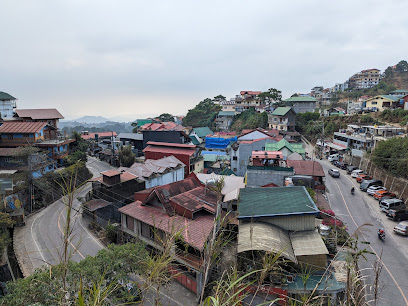
Cemetery Of Negativism
Explore the Cemetery of Negativism in Baguio, a whimsical tourist attraction inviting reflection and laughter amidst nature's tranquility.
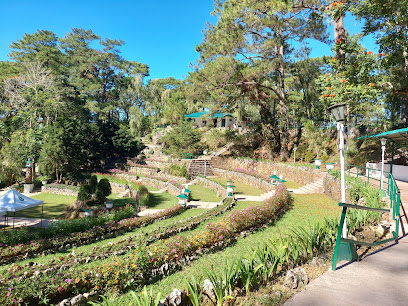
Baguio Museum
Discover the rich cultural heritage of Baguio at the Baguio Museum, showcasing indigenous art, history, and traditions in a vibrant setting.
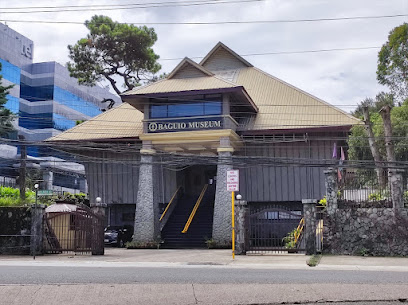
Historical Core
Uncover the historical gems of Baguio's Historical Core, a captivating landmark rich in culture and heritage.
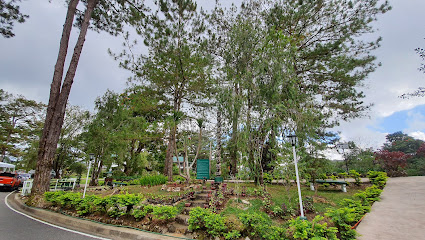
Baguio City Proper Arc
Experience the vibrant culture and stunning architecture of Baguio City Proper Arc, a must-visit landmark in the heart of Baguio City.
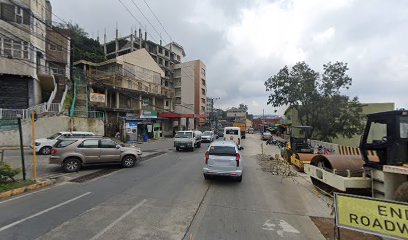
Unmissable attractions to see
Essential places to dine
GOODTASTE RESTAURANT
Experience the best of Asian cuisine at Goodtaste Restaurant in Baguio—perfect for breakfast lovers and food enthusiasts alike.
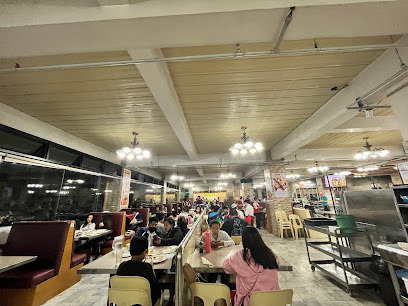
Gypsy Baguio by Chef Waya
Discover unique Asian flavors at Gypsy Baguio by Chef Waya - where culinary tradition meets modern creativity in the heart of Baguio City.
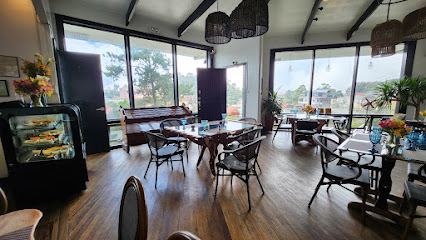
YASURAGI JAPANESE RESTAURANT
Experience authentic Japanese cuisine at Yasuragi Japanese Restaurant in Baguio – where tradition meets flavor in every dish.
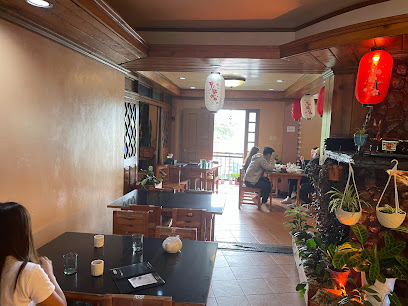
Chef's Home Baguio City
Discover the rich flavors of Asia at Chef's Home Baguio City—where culinary tradition meets modern fusion in a cozy setting.
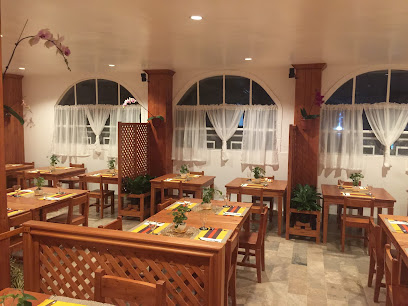
Abacus Seafood Restaurant
Experience exquisite seafood and authentic Chinese flavors at Abacus Seafood Restaurant in Baguio's vibrant dining scene.
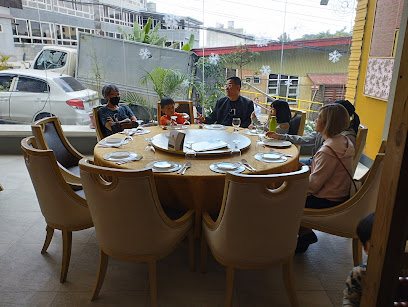
View ‘n Plates Grill and Restaurant
Experience delightful family-friendly dining with stunning views at View ‘n Plates Grill and Restaurant in Baguio.
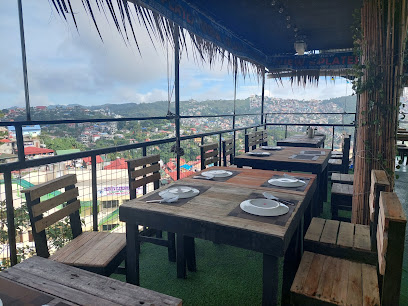
Mother's Garden and Restaurant
Experience serenity at Mother's Garden and Restaurant - where nature meets delightful local cuisine amidst Baguio's enchanting landscapes.

FOTD Restocafe
Discover authentic flavors at FOTD Restocafe in Baguio - where local cuisine meets international flair amidst stunning mountain views.
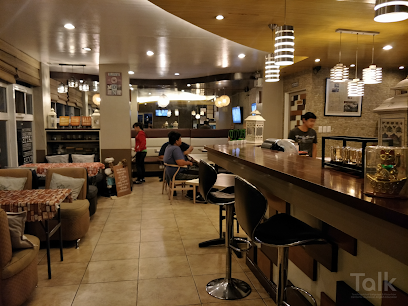
Rosé Franz Baguio City
Experience authentic Italian cuisine at Rosé Franz in Baguio City—where every meal is a celebration of flavor and warmth.
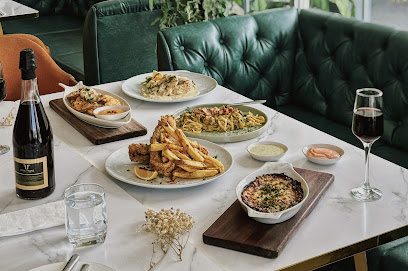
The Kook House
Experience family-friendly dining at The Kook House in Baguio—where local flavors meet cozy ambiance amidst stunning hill views.
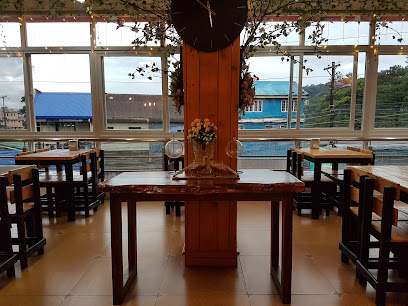
Markets, malls and hidden boutiques
SM City Baguio
Experience the best of shopping, dining, and entertainment in the heart of Baguio at SM City Baguio, surrounded by stunning mountain views.
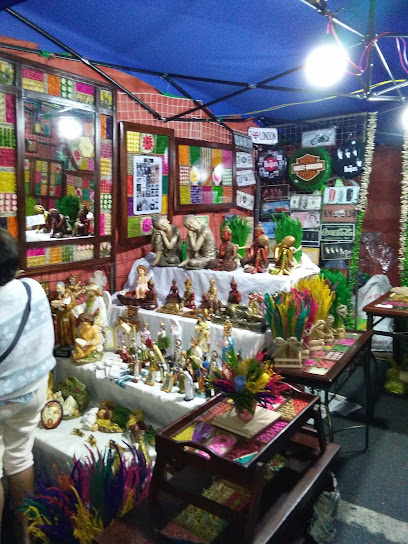
Narda's Handwoven Arts & Crafts
Explore the rich heritage of Filipino craftsmanship at Narda's Handwoven Arts & Crafts, a must-visit gift shop in Baguio for unique souvenirs.
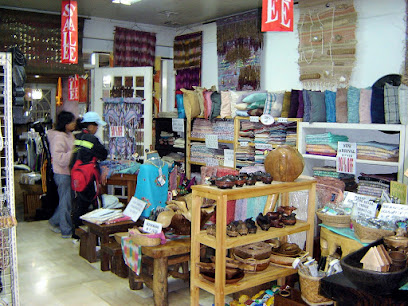
Baguio Cosplay & Novelty Shop
Discover the vibrant world of cosplay at Baguio Cosplay & Novelty Shop, a must-visit for fans and tourists alike, offering unique costumes and accessories.
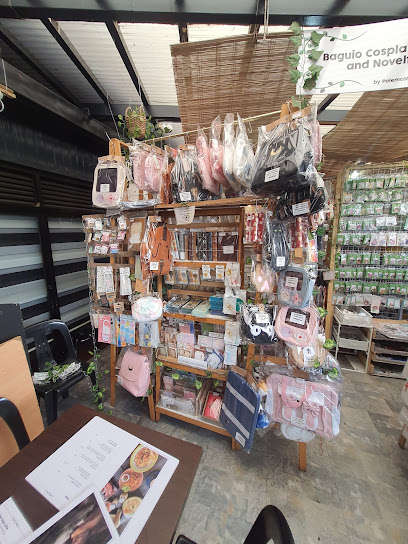
Mart One Department Store Baguio
Explore the vibrant Mart One Department Store in Baguio, where shopping meets local culture and affordability.
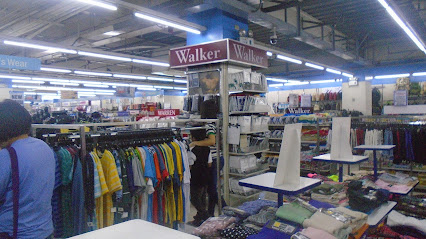
Wolvestuff
Explore the vibrant fashion scene at Wolvestuff in Baguio, where local craftsmanship meets contemporary style in a unique shopping experience.

Baguio's Closet
Discover unique fashion finds at Baguio's Closet, a local gem in the heart of Baguio City, offering stylish clothing and accessories at affordable prices.
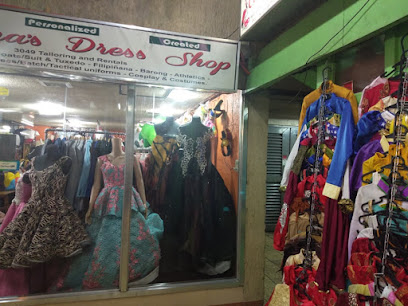
Retail Gallery
Explore Baguio's Retail Gallery for a unique shopping experience filled with local fashion, trendy apparel, and artistic flair.
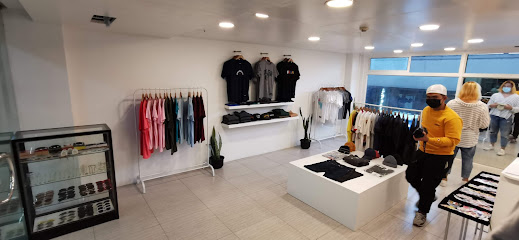
Tugos Trading
Discover the artistic spirit of Baguio at Tugos Trading, a treasure trove of unique furniture and local craftsmanship.
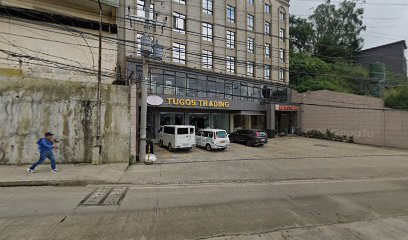
Kultura Filipino - BAGUIO, The SM Store
Explore Kultura Filipino in Baguio for authentic souvenirs, showcasing the rich heritage and craftsmanship of the Philippines.
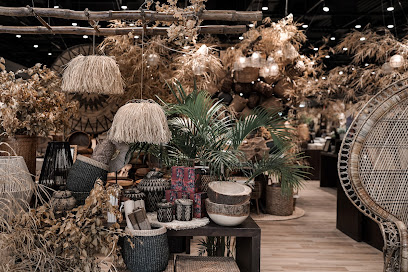
KRJ Boutique
Explore the essence of local fashion and craftsmanship at KRJ Boutique, where every piece tells a story.

Essential bars & hidden hideouts
Baguio Craft Brewery
Experience the best of Baguio's craft beer culture at Baguio Craft Brewery, where local flavors and a vibrant atmosphere come together.
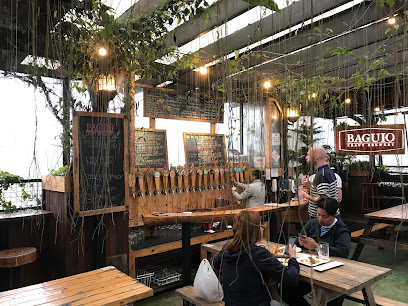
Rumours Bar and Restaurant
Experience the vibrant nightlife and culinary delights at Rumours Bar and Restaurant, a must-visit destination in Baguio City.
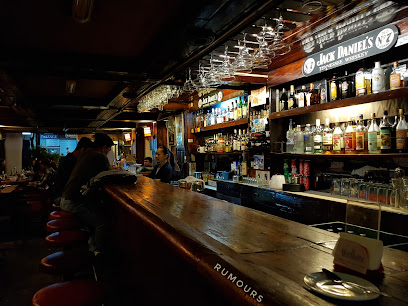
One Piece Restobar
Discover the vibrant tastes of Baguio at One Piece Restobar, a gastropub that blends local and international cuisine in a cozy atmosphere.
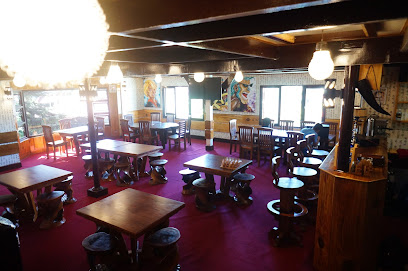
Lockdown Bar
Experience the vibrant nightlife at Lockdown Bar in Baguio, where great drinks and an electric atmosphere await every visitor.
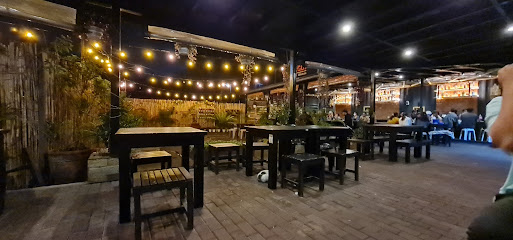
Amarillo Music Bar
Amarillo Music Bar in Baguio: A lively nightlife experience with live music, great drinks, and a fun atmosphere for tourists.
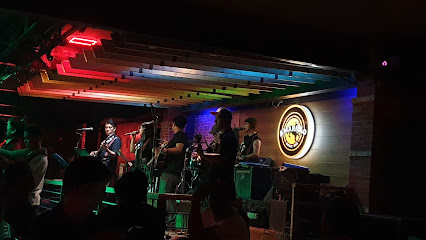
Basmnt
Discover Basmnt, Baguio's lively bar hub, where vibrant nightlife, delicious drinks, and local music create the perfect atmosphere for relaxation and fun.

Primo Point Bar and Restaurant
Discover the lively Primo Point Bar and Restaurant in Baguio, where local flavors meet a vibrant atmosphere, perfect for tourists and locals alike.
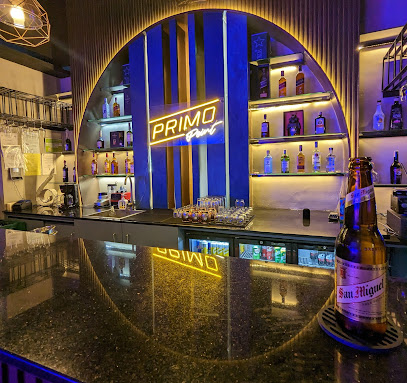
LOL COMEDY BAR & GRILL
Discover the ultimate blend of laughter and delightful grilled cuisine at LOL Comedy Bar & Grill in Baguio for an unforgettable night out.
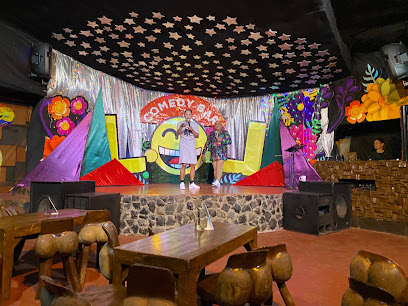
Hotline Bar
Discover the vibrant nightlife of Baguio at Hotline Bar, where great drinks and live music create unforgettable memories.
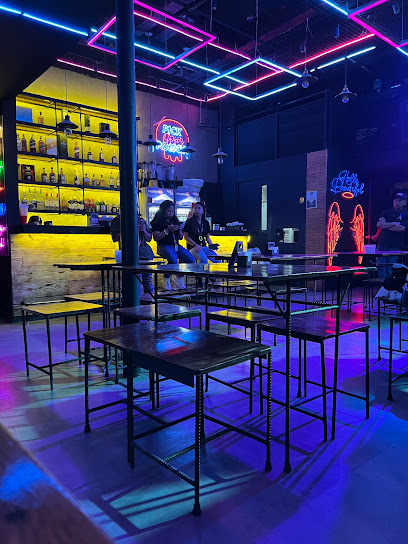
Smoke and Barrel
Experience Baguio's vibrant nightlife at Smoke and Barrel, where great drinks and live music create unforgettable memories.
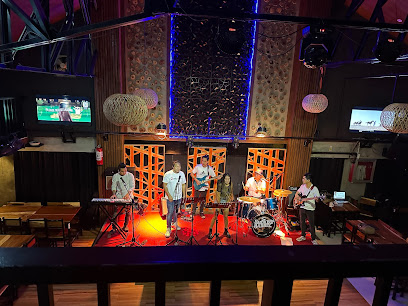
Local Phrases
-
- HelloKamusta
[ka-mu-sta] - GoodbyePaalam
[pa-a-lam] - YesOo
[o-o] - NoHindi
[hin-di] - Please/You're welcomePaki
[pa-ki] - Thank youSalamat
[sa-la-mat] - Excuse me/SorryPasensya
[pa-sen-sya] - How are you?Kumusta ka?
[ku-mu-sta ka] - Fine. And you?Mabuti. Ikaw?
[ma-bu-ti. i-kaw] - Do you speak English?Marunong ka ba mag-Ingles?
[ma-ru-nong ka ba mag-ing-gles] - I don't understandHindi ko maintindihan
[hin-di ko main-tin-di-han]
- HelloKamusta
-
- I'd like to see the menu, pleaseGusto ko pong makita ang menu
[gus-to ko pong ma-ki-ta ang me-nu] - I don't eat meatHindi ako kumakain ng karne
[hin-di a-ko ku-ma-ka-in ng kar-ne] - Cheers!Tagay!
[ta-ga-y] - I would like to pay, pleaseGusto ko sanang magbayad
[gus-to ko sa-nang mag-ba-ya-d]
- I'd like to see the menu, pleaseGusto ko pong makita ang menu
-
- Help!Tulong!
[tu-long] - Go away!Lumayo ka!
[lu-ma-yo ka] - Call the Police!Tumawag ka ng pulis!
[tu-ma-wag ka ng pu-lis] - Call a doctor!Tumawag ka ng doktor!
[tu-ma-wag ka ng dok-tor] - I'm lostNawawala ako
[na-wa-wa-la a-ko] - I'm illMay sakit ako
[may sa-kit a-ko]
- Help!Tulong!
-
- I'd like to buy...Gusto kong bumili ng...
[gus-to kong bu-mi-li ng] - I'm just lookingNagmamasid lang ako
[nag-ma-ma-sid lang a-ko] - How much is it?Magkano ito?
[mag-ka-no i-to] - That's too expensiveMasyadong mahal
[ma-sya-dong ma-hal] - Can you lower the price?Pwede mo bang bawasan ang presyo?
[pu-we-de mo bang ba-wa-san ang pres-yo]
- I'd like to buy...Gusto kong bumili ng...
-
- What time is it?Anong oras na?
[a-nong o-ras na] - It's one o'clockAlas-una na
[a-las-u-na na] - Half past (10)Ala-una at kalahati
[a-la-u-na at ka-la-ha-ti] - MorningUmaga
[u-ma-ga] - AfternoonHapon
[ha-pon] - EveningGabi
[ga-bi] - YesterdayKahapon
[ka-ha-pon] - TodayNgayon
[nga-yon] - TomorrowBukas
[bu-kas] - 1Isa
[i-sa] - 2Dalawa
[da-la-wa] - 3Tatlo
[tat-lo] - 4Apat
[a-pat] - 5Lima
[li-ma] - 6Anim
[a-nim] - 7Pito
[pi-to] - 8Walo
[wa-lo] - 9Siyam
[si-yam] - 10Sampu
[sam-pu]
- What time is it?Anong oras na?
-
- Where's a/the...?Saan ang...
[sa-an ang] - What's the address?Ano ang address?
[a-no ang ad-dres] - Can you show me (on the map)?Pwede mo ba akong ipakita (sa mapa)?
[pu-we-de mo ba a-kong i-pa-ki-ta sa ma-pa] - When's the next (bus)?Kailan ang susunod na (bus)?
[ka-i-lan ang su-su-nod na bus] - A ticket (to ....)Isang tiket (papuntang ...)
[i-sang ti-ket pa-pun-tang]
- Where's a/the...?Saan ang...
History of Baguio City Proper
-
Baguio City Proper was established as a summer capital of the Philippines during the American colonial period in 1903. The American government aimed to create a retreat from the heat of the lowlands, leading to the development of Baguio as a hill station. City planning was undertaken by architect Daniel Burnham, who envisioned wide roads and parks, which laid the foundation for the city’s layout.
-
Baguio City Proper has historically been a melting pot of cultures due to its strategic location. It became a hub for various indigenous groups, including the Ibaloi and Kankanaey, alongside migrants from different regions of the Philippines. This cultural fusion is reflected in the local customs, festivals, and cuisine, making Baguio a vibrant representation of Philippine heritage.
-
During World War II, Baguio was occupied by Japanese forces, and the city experienced significant turmoil. The historical structures and landmarks were damaged, but the city eventually rebuilt itself. Post-war Baguio saw an influx of visitors and settlers, contributing to its growth as a commercial and educational center in the region.
-
Baguio City's Proper is home to the Panagbenga Festival, also known as the Flower Festival, which originated in the early 1990s to celebrate the city’s floral abundance. This annual event showcases grand floral floats and street dancing, reflecting the city's rich culture and artistry, and has become a major tourist attraction, promoting local community involvement and heritage.
-
In recent years, Baguio City Proper has faced challenges such as urbanization, environmental degradation, and the impact of tourism. Efforts are being made to balance development with sustainability, preserving the natural beauty and cultural identity of the city. The local government and community organizations are actively involved in initiatives aimed at protecting Baguio's unique heritage and environment.
Baguio City Proper Essentials
-
Baguio City Proper is easily accessible from various neighborhoods in Baguio. From the Burnham Park area, you can walk or take a short jeepney ride to reach the city center. If you're coming from Session Road or the Market area, these are typically within walking distance. For those coming from locations further out, such as Camp John Hay or Wright Park, jeepneys and taxis are readily available. The city is well-connected, and public transportation is efficient.
-
Baguio City Proper is best explored on foot, especially around the central areas like Burnham Park, Session Road, and the Market. Jeepneys are the primary mode of public transport, offering affordable rides to various destinations within the city. Taxis and ride-hailing services are also available. Bicycles can be rented in some areas, allowing for a leisurely exploration of the city's scenic spots. Note that traffic can be congested, especially during peak tourist seasons.
-
Baguio City is generally safe for tourists, but standard precautions should be taken. Areas such as the outskirts of the city, especially near the slums, may experience higher crime rates, particularly petty theft. Always be aware of your surroundings and avoid displaying valuable items in crowded places. It's advisable to travel in groups after dark and choose well-lit areas to walk in.
-
In case of an emergency, you can dial 911 for police, fire, or medical assistance. The Baguio General Hospital is the main medical facility in the city, and there are several clinics and pharmacies available for minor health issues. Ensure you have travel insurance to cover potential medical emergencies. Familiarize yourself with the locations of hospitals and police stations in the area.
-
Fashion: Do dress in layers due to the cool climate. Wear comfortable shoes for walking. Don't wear overly revealing outfits, especially in religious areas. Religion: Do respect local customs; it's customary to be quiet in churches. Don't take photos in places where it's prohibited. Public Transport: Do give way to the elderly and be polite. Don't engage in loud conversations or eat on public transport. Greetings: Do greet locals with a smile and a simple 'Hello'. Don't use overly familiar terms unless invited. Eating & Drinking: Do try local delicacies and accept food offered by locals. Don't waste food, as it's considered disrespectful.
-
To experience Baguio City Proper like a local, visit the public market early in the morning for the freshest produce and local crafts. Engage with vendors and try local snacks such as strawberry taho or ube jam. Attend local festivals if possible, as they showcase Baguio's culture and traditions. Use the local jeepney system for a more authentic travel experience and to interact with residents. Lastly, don't miss exploring the nearby parks and gardens, which are perfect for leisurely strolls.
Nearby Cities to Baguio City Proper
-
Things To Do in Sagada
-
Things To Do in Vigan
-
Things To Do in Angeles City
-
Things To Do in Subic
-
Things To Do in Ilocos Norte
-
Things To Do in Manila
-
Things To Do in Tagaytay
-
Things To Do in Batanes
-
Things To Do in Legazpi
-
Things To Do in Boracay
-
Things To Do in Puerto Princesa
-
Things To Do in Cebu City
-
Things To Do in Palawan
-
Things To Do in Bohol
-
Things To Do in Camiguin









